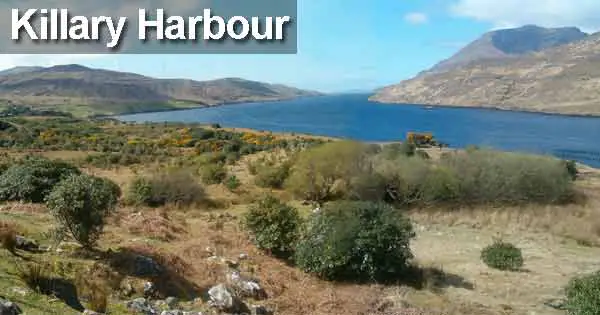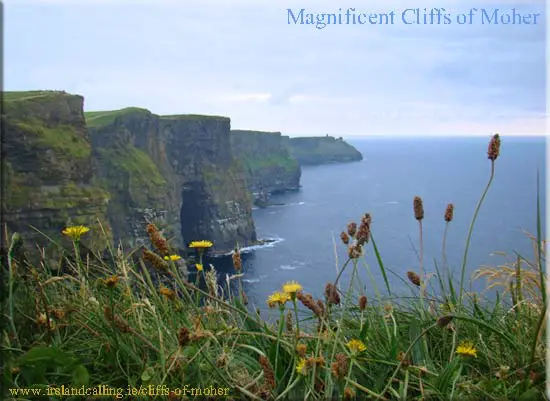The Wild Atlantic Way is a route that takes in the entire west coast of Ireland. On page one we looked at the first part of the journey from Donegal to Sligo. Here we will look through the middle section of the route.
Section two – Sligo to Mayo
Inishowen Peninsula
Mizen Head
Attractions in Ireland
The second part of the journey takes in the 643 km (399 mile) route from Sligo to Mayo. Surfers enjoy the crashing waves off the coast of Sligo. The huge waves are known as ‘prowlers’ and can reach up to 100ft. Surfers come from all over the world to take part in the ‘Big Wave’ contest at Mullaghmore Head.
Sligo also features the statue known as Waiting on the Shore. It portrays a woman looking out to sea with her arms outstretched willing sailors and fishermen to come home safely.
Click here to read more about the Waiting on the Shore statue.

In Mayo, visitors can stop off at Downpatrick Head and take part in a cultural tour. This involves walking along the shore, over rocks and rock pools collecting cockles, mussels, clams and edible seaweed. People adventurous enough to eat what they find are shown how to make a delicious dish.
Further along the route is a road bridge to Achill Island – Ireland’s largest island. There is a deserted village that hasn’t been inhabited since the early 20th century. It was one of the last places in Europe to be used as a booley (a place where people graze cattle on the mountainside only during summer months) There are also tall cliffs, mountains and beaches.
Section three – Galway to Clare
The third part of the route goes 505 km (313 miles) from Galway to Clare. It takes in the famous Cliffs of Moher.
Visitors can stop at the Killary Harbour and trek the beaches on a Connemara pony. The ponies are the only horse breed native to Ireland and can swim to nearby islands when the tide is low and the sea is tranquil. According to Irish legend the ponies descended from Arab stallions that swam to Ireland after the Spanish Amada sank close to the Connemara coast.

At Clifden, visitors can hire a bike and cycle through the bogs and lakes. There they will find the remains of the first ever trans-Atlantic radio station. It was burned down during the Irish War of Independence. There is also a wing shaped memorial to the first plane to fly nonstop across the Atlantic. It crash landed into Derrigimlagh Bog in 1919. Thankfully nobody was injured.
The Cliffs of Moher are known around the world. They boast striking views and were once shortlisted to be included in the ‘New Seven Wonders of Nature’. More on the Cliffs of Moher.
Click here to read about the final leg of the journey – from Clare to Cork
Inishowen Peninsula
Mizen Head
holidays.html